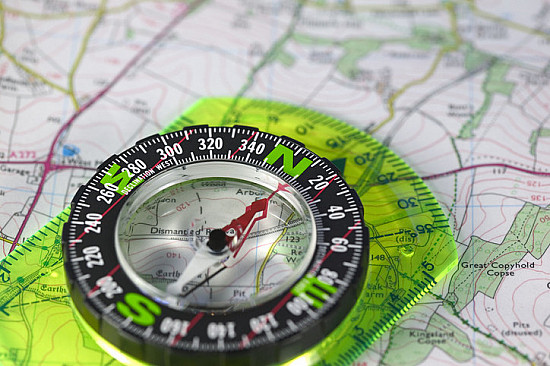Author: Shaun Deverson
As some may have seen, I’m a strong advocate for Australia to be a solely and wholly renewable energy powered nation into the future – to be an exemplar for the world. We have been gifted an abundance of natural resources to do exactly that.
In addition to all the economics of nuclear power in Australia painting a picture of unviability, the engineering also concerns me. Yes, nuclear has proven to be a safe technology, of late, but complex systems hide nasties waiting to happen. The engineers behind Three Mile Island, Chernobyl and Fukushima stations all believed at the time that their systems were safe. So did the Titanic’s engineers, but humanity often can be blind to the Icebergs that await, and for nuclear power, the consequences are too great to bear. The late Professor Charles Perrow’s work titled ‘Normal Accidents: Living With High Risk Technologies’ articulates this with clarity and logic.
But, for me, my main position is this. For too long, the Australian economy can be best described as lazy – whether it’s been off the ‘sheep’s back’ or our abundance of minerals, we’ve never really had to engage the ‘ideas’ space to enjoy a prosperous economy and life. Unfortunately, what this leads to is a prime example of the well known economic phenomenon called the ‘Dutch Disease’, where we have relied too much on natural resources while destroying innovation, manufacturing and the generation of ideas at the same time. There’s been a belief that we can’t do both with federal and state policies of the past essentially killing off Australian manufacturing under the tag of ‘uncompetitiveness’. But this was extremely short-sighted and lacked any depth in terms of what areas Australia could’ve and should’ve pivoted towards in creating manufacturing specialisation. It wasn’t ‘uncompetitiveness’ that Australian manufacturing lacked, it was the inability to adapt – the Dutch Disease was caught and had become viral. So, in that vein, it’s now great to see this focus return, with the Federal Government’s recent ‘Future Made in Australia’ (FMIA) initiative.
Returning to energy and power, the energy and reliability ‘void’ that many speak of in terms of renewable energy, a reference to ‘baseload’ power is certainly an issue… but only right now. That void, or constraint, is the opportunity for Australia to arise out of its ‘manufacturing pandemic’, unleash the power of ideas and kickstart Australian manufacturing towards creating the renewable only technologies and solutions that would put Australian research, manufacturing and ingenuity back on the map. Through renewable power, Australian could and should become an economic superpower. It’s a simple equation.
I was, many moons ago, open-minded to the inclusion of nuclear power into our energy mix. I’ve been in and around the climate change debate for 25 years, where I’ve equally watched the argument for nuclear power come and go in political and social debates. It made sense – a lot cleaner than coal and renewables were nothing more than a roof top idea to power household lights and a kettle. But, again, over time Australia got lazy, and in denial, about the role of coal in anthropogenic climate change. Scott Morrison’s “Don’t be afraid, don’t be scared, it won’t hurt you. It’s coal” 2017 parliamentary declaration is testament to that. If there was a positive from such denials and delays, is that pockets of innovation and market initiatives started acting in spite of what our backward governments were thinking and doing. It allowed renewable energy options to sprout, mature and augment out of their control. You get the feeling, that the LNP’s nuclear policy is more about trying to impede that progress and take back the reigns towards mineral fuels, from a renewable’s horse that’s well and truly bolted. Too little – too late.
In short, we simply don’t need to rely on a technology now that, at best, is only likely to provide a maximum 10% of the energy mix (more likely less than 5%), while being heavily and unjustifiably subsidised through the entire life cycle of its construction and operational life. The LNP idea that the proposed nuclear stations would come under state ownership just screams unviability and the ability to hide real costs from the public. In effect, the significant subsidisation that would occur under that model would deflect capital away from the type of ‘void’ filling opportunities that would come under FMIA, preventing Australia’s potential in what is already becoming a contested space.
Let’s not allow the nuclear energy option make us sit back and become idle, similar to our past. I’m extremely confident that in the same time we’ll build a nuclear power plant in this country, approximately 20 years after the legal, political, environmental and social wrangling – let alone the construction complexities, that we would’ve developed a better, safer and cheaper suite of ideas to fill the capacity and reliability ‘void’. Some are already here e.g. Hydrogen and Battery Energy Storage Systems (BESS). They’re postured to become bigger, better and cheaper over that period.
Let’s become a nation known for ideas that we can market and sell to world; not lazy, self-defeating ideology. In that vein, the path to net-zero should equate to a significant economic, social and environmental net-benefit.

